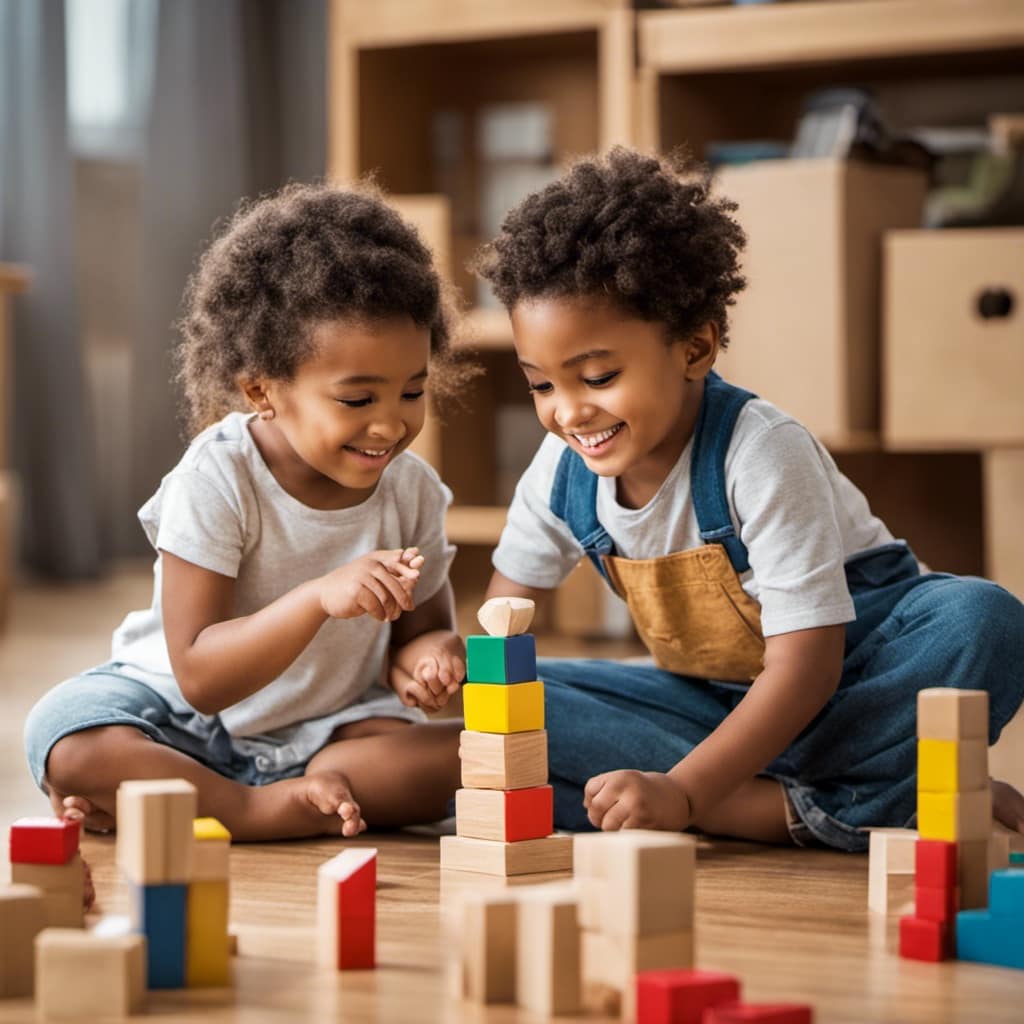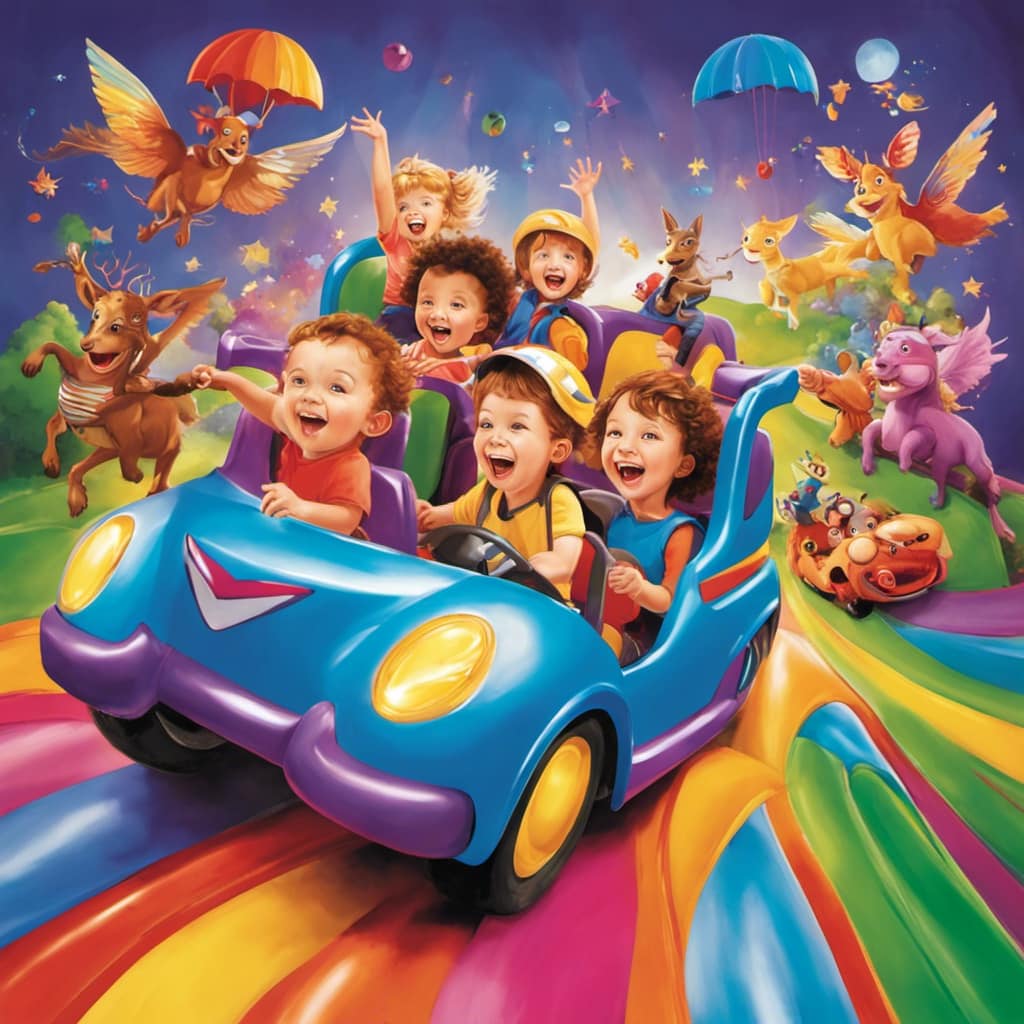As a preschool teacher, I understand the importance of finding the perfect balance when choosing toys for young children. It’s like walking a tightrope, considering factors like age-appropriateness, variety, and quantity of toys.
Too few toys can hinder development, while too many can lead to overstimulation. In this article, we will explore the factors to consider when determining the ideal toy inventory for preschools.
By striking the right balance, we can promote engagement, imagination, and social interaction among our little learners. So, let’s dive in and discover the secrets to finding the perfect toy balance for preschools.
Key Takeaways
- Age range of children should be taken into consideration when determining the quantity and types of toys.
- Toy inventory should be diverse and cater to different developmental domains.
- Balancing the quantity of toys is important to promote engagement, imagination, and social interaction.
- Regularly rotating toys and considering developmental needs can help maintain an optimal toy inventory.
Factors Influencing Toy Quantity in Preschools
I need to consider various factors that influence toy quantity in preschools.
One important factor is the age range of the children. Different age groups have different developmental needs and interests. For example, younger children may benefit from toys that stimulate their senses and promote fine motor skills, while older children may require more complex toys that encourage problem-solving and creativity.
Another factor to consider is the developmental domains that toys should cater to. These domains include cognitive, social-emotional, physical, and language development. It is important to have a diverse range of toys that address each of these domains, ensuring that children have opportunities to grow and learn in all areas.

Recommended Toy-to-Child Ratio for Optimal Play
Determining the appropriate number of toys for preschoolers is crucial to promote optimal play experiences. To achieve this, there are several factors to consider.
Recommended toy rotation: Regularly rotating toys keeps children excited and interested in play. It prevents boredom and allows for variety in their play experiences.
Age-appropriate toy selection: Choosing toys that align with the developmental needs and interests of preschoolers is essential. It ensures that the toys are engaging and promote skill development at their current stage.
Balance in quantity: Having a balanced quantity of toys is important. Too few toys can lead to boredom and limited play opportunities, while too many toys can result in overstimulation and difficulty in focusing.
Catering to different developmental domains: Providing toys that promote different skills supports overall growth and development. It stimulates cognitive, social, emotional, and imaginative play.
Strategies for Maintaining an Ideal Toy Inventory
Implementing effective strategies is crucial for maintaining an ideal toy inventory in a preschool. By organizing toys in a thoughtful manner, we can promote engagement, imagination, and social interaction among children. One strategy is to create a toy rotation system, where different sets of toys are introduced periodically to keep children excited and interested. Additionally, it is important to consider the developmental needs of children when selecting toys. By providing a variety of toys that cater to different skills and interests, we can support their overall growth and development. The benefits of having a well-balanced toy inventory are numerous. It promotes cognitive development, enhances social and emotional skills, stimulates creativity and imagination, encourages exploration, and helps children express their emotions. By implementing these strategies, we can create an enriching and engaging play environment for preschoolers.

| Strategies for Organizing Toys | Benefits of Toy Variety |
|---|---|
| Create a toy rotation system | Promotes cognitive development |
| Consider developmental needs | Enhances social and emotional skills |
| Provide a variety of toys | Stimulates creativity and imagination |
| Cater to different skills and interests | Encourages exploration |
| Create an enriching play environment | Helps children express emotions |
Benefits of Having Adequate Toys in a Preschool
Maintaining an ideal toy inventory in a preschool is crucial as it promotes cognitive development, enhances social and emotional skills, stimulates creativity and imagination, encourages exploration, and helps children express their emotions.
Cognitive Development: Having an adequate number of toys in a preschool setting allows children to engage in problem-solving activities and critical thinking, which are essential for their cognitive development.
Social and Emotional Skills: The presence of varied toys promotes play with peers, fostering social interactions and the development of important skills such as cooperation and empathy.
Creativity and Imagination: Diverse toys provide children with endless possibilities for imaginative play, allowing them to express their creativity and explore new ideas.
Exploration and Expression: Having enough toys encourages children to explore their surroundings and experiment with different materials, helping them make connections and express their emotions in a safe and nurturing environment.
Having an adequate quantity of toys in a preschool setting has a significant impact on a child’s overall development, supporting their cognitive, social, emotional, and creative growth.
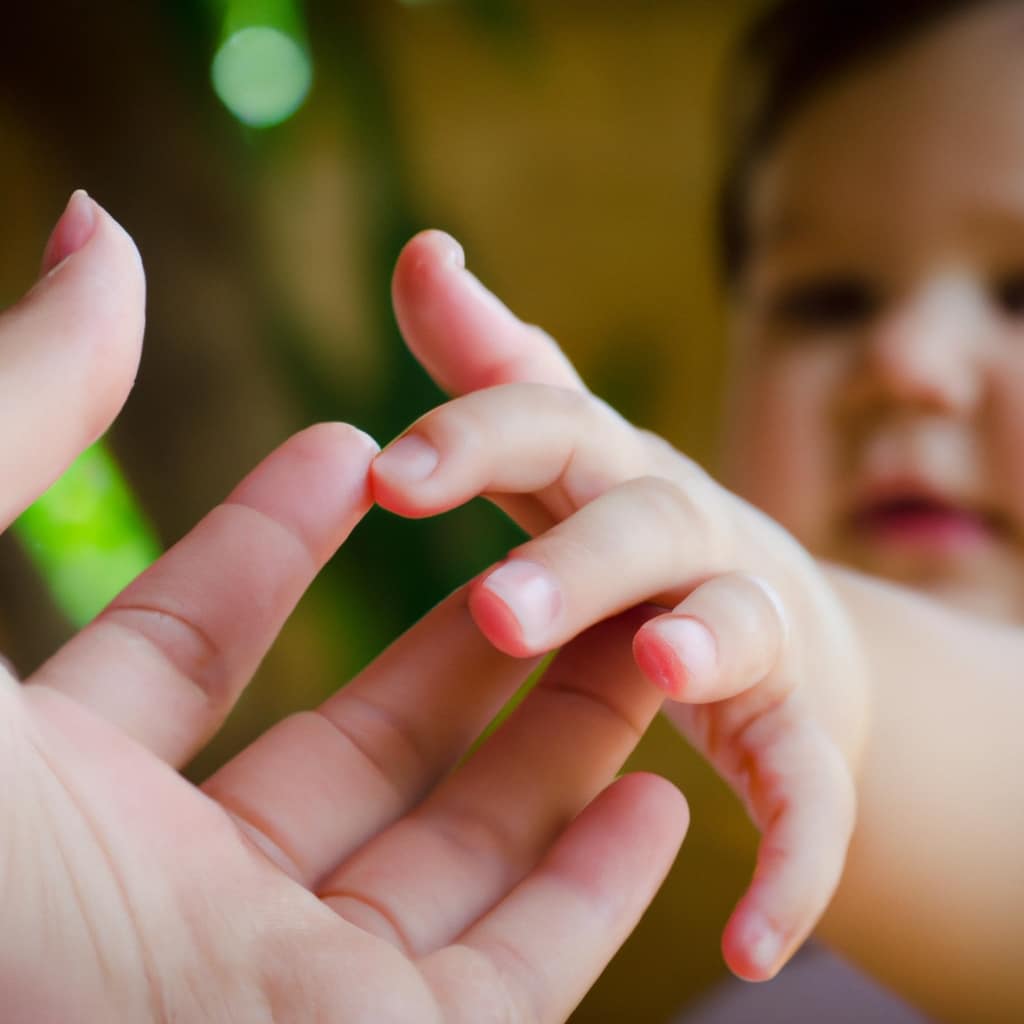
Negative Effects of Insufficient Toys in a Preschool
Experiencing insufficient toys in a preschool can lead to developmental consequences and limitations. When children do not have enough toys to engage with, their overall development can be hindered.
Without a variety of toys to explore, children may experience delays in their cognitive, social, and emotional growth. Limited imaginative play can restrict their creativity and problem-solving abilities. Additionally, the lack of toys can hinder social interactions and sharing among peers, limiting their ability to develop important social skills such as cooperation and empathy.
Moreover, children may become disengaged and bored, resulting in frustration and potentially negative behaviors. It is crucial for preschools to provide an adequate number and variety of toys to support the holistic development of children and promote a positive learning environment.
Negative Effects of Excessive Toys in a Preschool
Having an excess of toys in a preschool can lead to overstimulation and difficulties in focusing. It is important to find the right balance when it comes to the number of toys in a preschool setting. Here are four potential negative effects of having too many toys in a preschool:
-
Decreased creativity: When there are too many toys available, children may rely on the toys to dictate their play rather than using their imagination and creativity.
-
Hindered social skills: With an abundance of toys, children may struggle with sharing, taking turns, and engaging in cooperative play, hindering their development of important social skills.
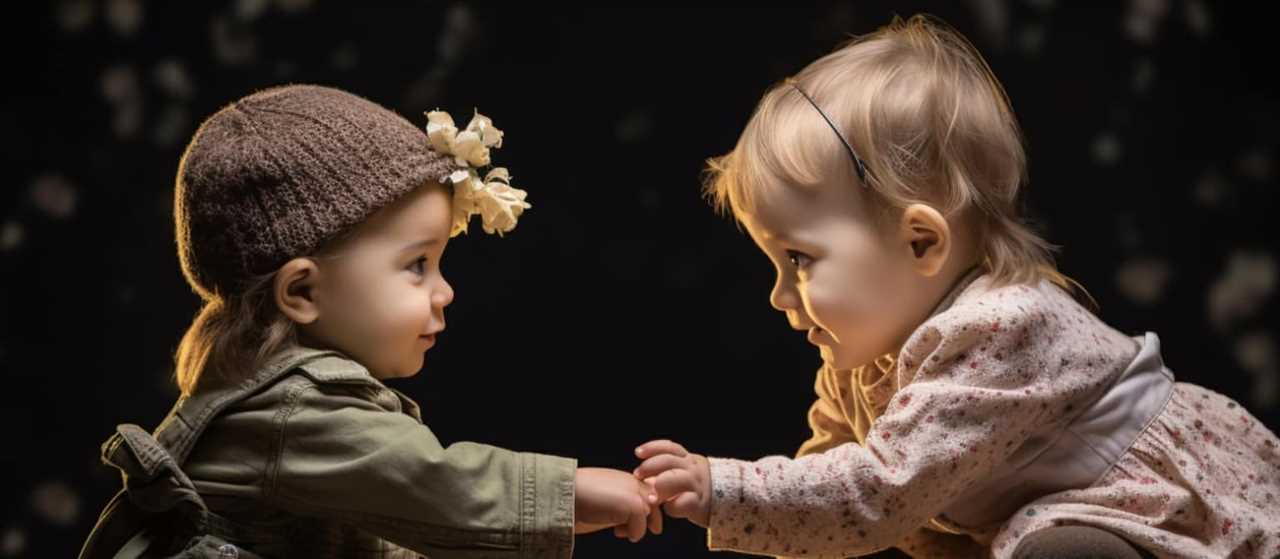
-
Challenges in toy rotation and organization: Managing a large number of toys can be challenging for teachers, leading to difficulties in keeping toys organized and rotated effectively.
-
Potential conflicts among children: Having too many toys can lead to disagreements and conflicts among children, as they may compete for the same toys or struggle to find common ground in their play.
It is crucial to strike a balance between providing enough toys to engage and stimulate children while avoiding an overwhelming environment that hinders their creativity and social development.
Age-Appropriate Toys for Balanced Development
Choosing age-appropriate toys is essential for promoting balanced development in preschool children. Age-appropriate toy selection ensures that children are engaged and challenged, while also fostering their growth in various developmental areas.
Play is a vital aspect of a child’s development, and the right toys can have significant developmental benefits. Age-appropriate toys support cognitive development by encouraging problem-solving and critical thinking skills. They also enhance social and emotional skills through play with peers, promoting cooperation and empathy. Additionally, these toys stimulate creativity and imagination, allowing children to explore and experiment.
It is important to provide a diverse range of toys that cater to different developmental needs, as this supports overall growth and development. By selecting the right toys, we can create an enriching environment that nurtures the preschooler’s holistic development.
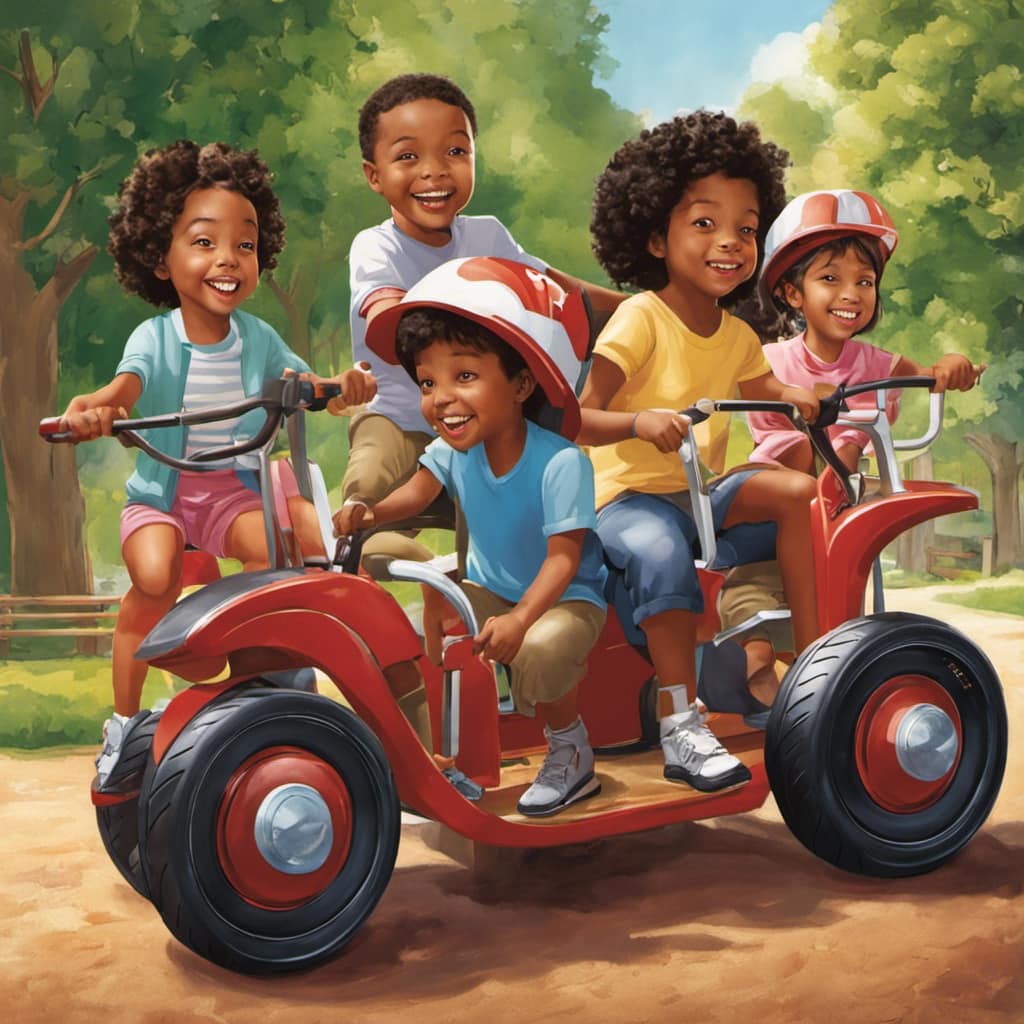
Ensuring Diversity in Toy Selection for Preschools
When selecting toys for preschoolers, I prioritize ensuring a diverse range of options. Toy diversity is crucial in encouraging inclusive play and meeting the needs of all children. Here are four reasons why diverse toy selection is important:
-
Promotes Inclusive Play: By offering a wide variety of toys, children of different backgrounds, abilities, and interests can engage in play together, fostering inclusivity and promoting understanding.
-
Supports Developmental Needs: Different toys cater to different developmental domains such as cognitive, physical, social, and emotional development. Providing a diverse range of toys ensures that all children have the opportunity to explore and develop these skills.
-
Encourages Creativity and Imagination: Offering toys that represent various cultures, ethnicities, and abilities sparks children’s creativity and imagination. It allows them to see themselves and others in their play, promoting empathy and understanding.
-
Enhances Problem-Solving Skills: Diverse toys provide opportunities for children to encounter different challenges and problem-solving scenarios. This fosters critical thinking skills and helps children develop resilience and adaptability.
Effective Toy Rotation Techniques for Engaged Play
I use a variety of techniques to effectively rotate toys and promote engaged play in the preschool environment. Toy rotation benefits both the children and the overall learning experience.

By regularly switching out toys, children remain excited and interested in their playtime. It also allows for the introduction of new toys that promote different skills, supporting their overall growth and development.
Engaging play techniques such as puzzles, building blocks, and pretend play encourage cognitive development, problem-solving, and critical thinking. These activities stimulate creativity and imagination, helping children make connections and express their emotions.
Additionally, toy rotation helps foster social and emotional skills through play with peers. By providing an adequate number of toys and regularly rotating them, we create an optimal learning environment that keeps children engaged and promotes their holistic development.
Frequently Asked Questions
How Do Age Range and Developmental Needs of Children Affect the Quantity of Toys Needed in a Preschool?
The age range and developmental needs of children greatly impact the quantity of toys needed in a preschool. It is important to have a balanced amount of toys to promote engagement, imagination, and social interaction.
What Are the Potential Negative Effects of Having Too Few Toys in a Preschool?
Having too few toys in a preschool can limit creativity and hinder social interactions. It may lead to boredom, frustration, and disengagement. Developmental delays and challenges in developing important skills like cooperation and empathy can also occur.
How Can an Inadequate Number of Toys Hinder the Development of Important Social Skills in Preschoolers?
Inadequate toy availability can hinder the development of important social skills in preschoolers. Limited toys restrict opportunities for cooperation, sharing, and turn-taking, hindering their ability to interact effectively with peers and develop empathy towards others.
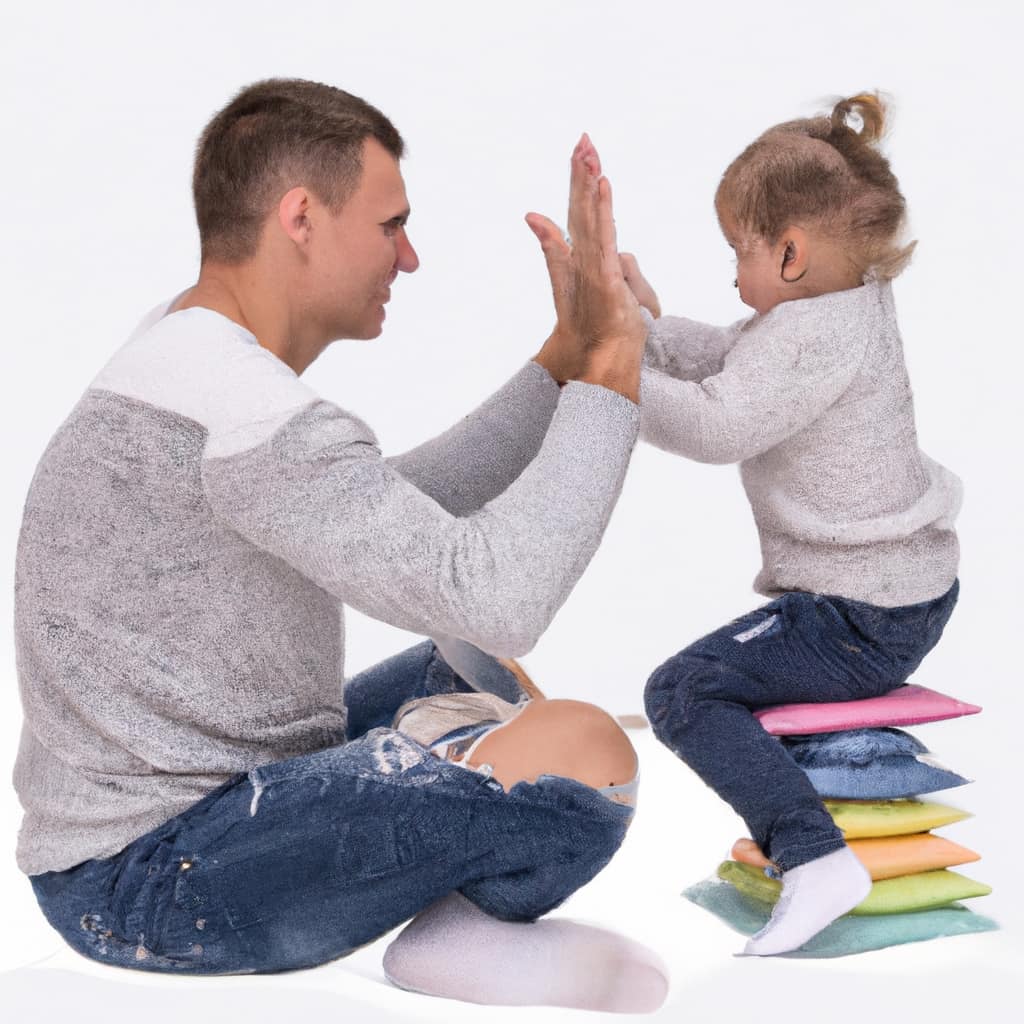
What Are the Potential Negative Effects of Having Too Many Toys in a Preschool?
Having too many toys in a preschool can hinder creativity and imagination, leading to increased toy dependency and materialism. It can also result in overstimulation and difficulty in focusing, potentially causing conflicts among children.
How Can Overstimulation and Difficulty in Focusing Occur When There Are Excessive Toys in a Preschool Setting?
Having excessive toys in a preschool can lead to overstimulation and difficulty in focusing. The abundance of options can overwhelm children and make it challenging for them to sustain their attention and engage in meaningful play.
Conclusion
In conclusion, finding the perfect toy balance for preschools is crucial for promoting optimal development in young children. By considering factors such as age appropriateness, toy diversity, and the recommended toy-to-child ratio, educators can create an engaging and stimulating play environment.
Implementing strategies like toy rotation and meeting developmental needs ensures a well-maintained toy inventory. It is important to strike a balance, as both insufficient and excessive toys can have negative effects on children’s development.
By providing the right amount and variety of toys, we can foster cognitive, social, and emotional growth in preschoolers. So, let’s find that ‘sweet spot’ and create a world of playful learning!

